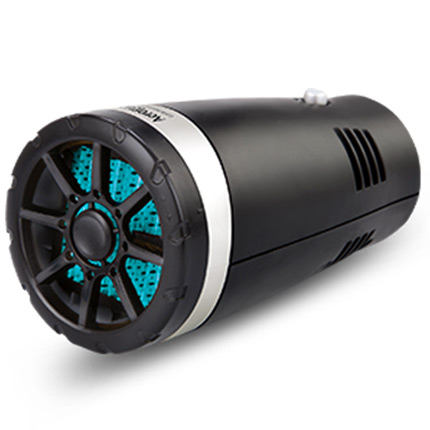Adjusting and Replacing Small Engine Throttle Cables for Optimal Performance
Understanding Small Engine Throttle Cables Function, Maintenance, and Replacement
Small engines are the powerhouses behind many machines and tools that we use daily, from lawn mowers and chainsaws to generators and trimmers. A vital component of these engines is the throttle cable. Understanding its function, maintenance, and replacement can help you keep your equipment running smoothly.
What is a Throttle Cable?
At its core, a throttle cable is a flexible cable that connects the throttle control – usually found on the handle of a machine – to the throttle valve on the engine. The primary function of the throttle cable is to regulate the engine's speed. When the user pulls on the throttle control, it pulls the cable, which in turn opens the throttle valve, allowing more air and fuel to enter the combustion chamber. This results in an increase in engine RPM (revolutions per minute), providing the necessary power for the task at hand.
Conversely, releasing the throttle control allows a spring to close the throttle valve, reducing the engine speed. This functionality allows for precise control over the engine's performance, enabling users to adjust power levels based on specific tasks or conditions.
Importance of Throttle Cables
The importance of a properly functioning throttle cable cannot be overstated. A malfunctioning cable can lead to poor engine performance, stalling, or even complete failure to start. In contrast, a well-maintained throttle cable ensures that the engine functions optimally, responding quickly to user inputs. This responsiveness is crucial for safe operation, particularly in tasks requiring fine control, such as trimming grass or cutting through thick branches.
Common Issues with Throttle Cables
Throttle cables can suffer from various issues over time. One common problem is cable stretching, which can lead to a delayed response in engine speed changes. This occurs when the cable material loses its integrity after prolonged use, causing it to elongate and lose tension. Additionally, cables can become frayed or damaged due to wear and tear from frequent use or exposure to harsh conditions such as moisture, dirt, and temperature fluctuations.
Another issue is binding, where the cable becomes stuck in its housing. This can prevent the throttle valve from operating correctly, leading to erratic engine behavior. Regular inspections can help identify these problems early, allowing for timely maintenance before they escalate into more significant issues.
Maintenance of Throttle Cables
Regular maintenance of the throttle cable is essential for ensuring its longevity and optimal performance
. A few key maintenance tips includesmall engine throttle cable

1. Clean the Cable Dirt and debris can gather around the cable and housing. Use a clean cloth to wipe down the cable and remove any contaminants that might cause binding.
2. Inspect for Damage Regularly check for any signs of wear, such as fraying or kinking. If damage is detected, replacement is necessary.
3. Lubricate the Cable Applying a suitable lubricant can help reduce friction within the cable housing, allowing for smoother operation. Be sure to use a lubricant compatible with the cable material.
4. Check Tension Make sure the cable maintains appropriate tension. If it feels too loose or too tight, adjust it according to the manufacturer’s specifications.
Replacing a Throttle Cable
If maintenance does not resolve performance issues, or if the cable is damaged, replacement may be necessary. Replacing a throttle cable can typically be accomplished by following these steps
1. Consult the Manual Reference the equipment's manual for specific instructions related to your model.
2. Remove the Old Cable Disconnect the throttle cable from both the throttle control and the engine. Carefully note how the cable is routed.
3. Install the New Cable Route the new cable in the same manner as the old one, ensuring it is free from kinks and binds.
4. Reconnect and Test Reconnect the cable to both ends, then test the throttle control to ensure smooth operation.
In conclusion, understanding the role of the throttle cable in small engine operation can significantly enhance your equipment's performance and longevity. Regular maintenance and timely replacements will ensure you can tackle your tasks efficiently and safely, making your small engine tools reliable assets in your toolkit.
-
Workings of Clutch Pipe and Hose SystemsNewsJun.04,2025
-
The Inner Workings of Hand Brake Cable SystemsNewsJun.04,2025
-
The Secrets of Throttle and Accelerator CablesNewsJun.04,2025
-
The Hidden Lifeline of Your Transmission Gear Shift CablesNewsJun.04,2025
-
Demystifying Gear Cables and Shift LinkagesNewsJun.04,2025
-
Decoding Clutch Line Systems A Comprehensive GuideNewsJun.04,2025
